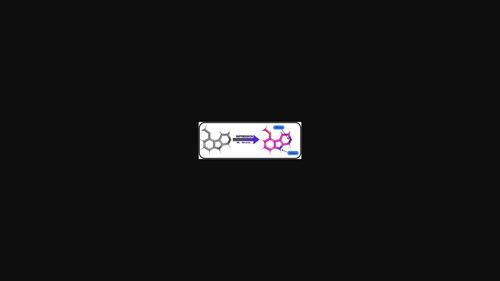当前位置:
X-MOL 学术
›
Magn. Reson. Chem.
›
论文详情
Our official English website, www.x-mol.net, welcomes your feedback! (Note: you will need to create a separate account there.)
Prediction of 15N chemical shifts by machine learning
Magnetic Resonance in Chemistry ( IF 2 ) Pub Date : 2021-08-18 , DOI: 10.1002/mrc.5208 Will Gerrard 1 , Calvin Yiu 1 , Craig P Butts 1
Magnetic Resonance in Chemistry ( IF 2 ) Pub Date : 2021-08-18 , DOI: 10.1002/mrc.5208 Will Gerrard 1 , Calvin Yiu 1 , Craig P Butts 1
Affiliation

|
We demonstrate the potential for machine learning systems to predict three-dimensional (3D)-relevant NMR properties beyond traditional 1H- and 13C-based data, with comparable accuracy to density functional theory (DFT) (but orders of magnitude faster). Predictions of DFT-calculated 15N chemical shifts for 3D molecular structures can be achieved using a machine learning system—IMPRESSION (Intelligent Machine PREdiction of Shift and Scalar information Of Nuclei), with an accuracy of 6.12-ppm mean absolute error (∼1% of the δ15N chemical shift range) and an error of less than 20 ppm for 95% of the chemical shifts. It provides less accurate raw predictions of experimental chemical shifts, due to the limited size and chemical space diversity of the training dataset used in its creation, coupled with the limitations of the underlying DFT methodology in reproducing experiment.
中文翻译:

通过机器学习预测 15N 化学位移
我们展示了机器学习系统预测三维 (3D) 相关 NMR 属性的潜力,超越传统的基于1 H 和13 C 的数据,其精度与密度泛函理论 (DFT) 相当(但速度快几个数量级)。可以使用机器学习系统 IMPRESSION(智能机器预测核的位移和标量信息)来预测 3D 分子结构的 DFT 计算的15 N 化学位移,准确度为 6.12 ppm 平均绝对误差(~1% δ 15 _N 化学位移范围)和 95% 的化学位移误差小于 20 ppm。由于在其创建过程中使用的训练数据集的大小和化学空间多样性有限,再加上基础 DFT 方法在重现实验中的局限性,它对实验化学位移的原始预测不太准确。
更新日期:2021-08-18
中文翻译:

通过机器学习预测 15N 化学位移
我们展示了机器学习系统预测三维 (3D) 相关 NMR 属性的潜力,超越传统的基于1 H 和13 C 的数据,其精度与密度泛函理论 (DFT) 相当(但速度快几个数量级)。可以使用机器学习系统 IMPRESSION(智能机器预测核的位移和标量信息)来预测 3D 分子结构的 DFT 计算的15 N 化学位移,准确度为 6.12 ppm 平均绝对误差(~1% δ 15 _N 化学位移范围)和 95% 的化学位移误差小于 20 ppm。由于在其创建过程中使用的训练数据集的大小和化学空间多样性有限,再加上基础 DFT 方法在重现实验中的局限性,它对实验化学位移的原始预测不太准确。



























 京公网安备 11010802027423号
京公网安备 11010802027423号